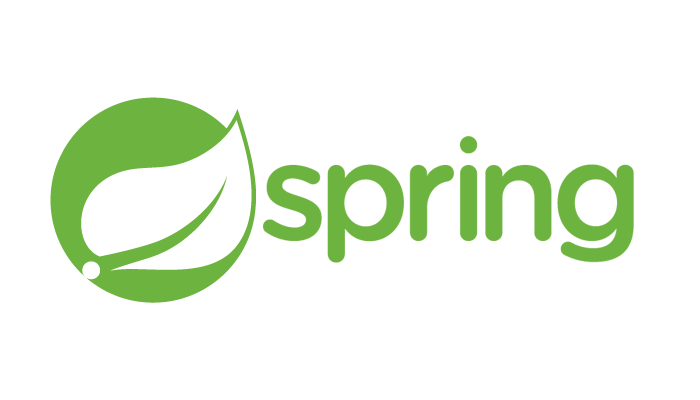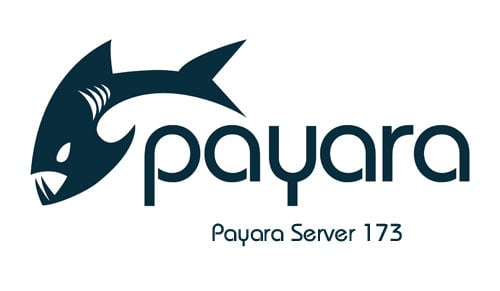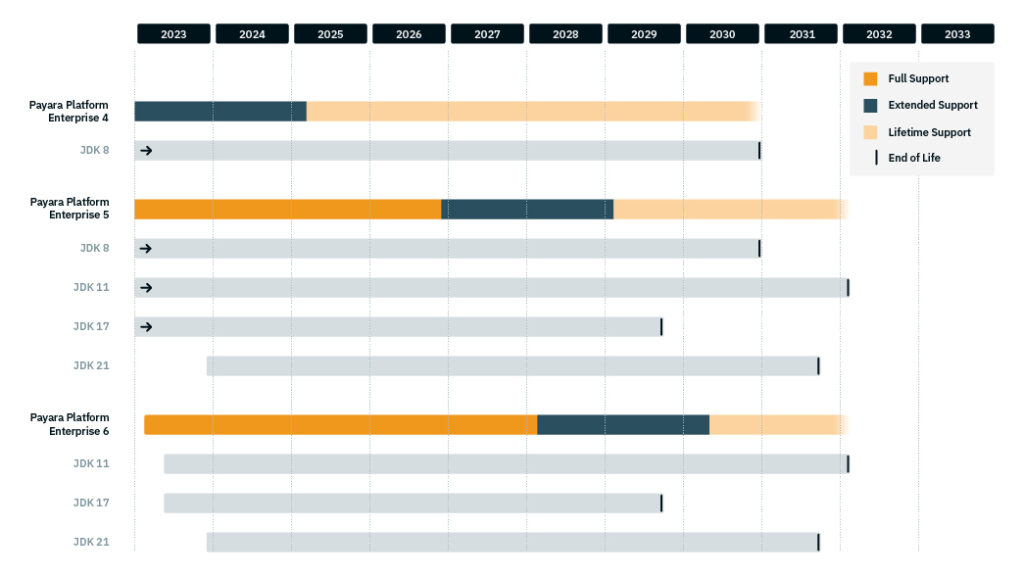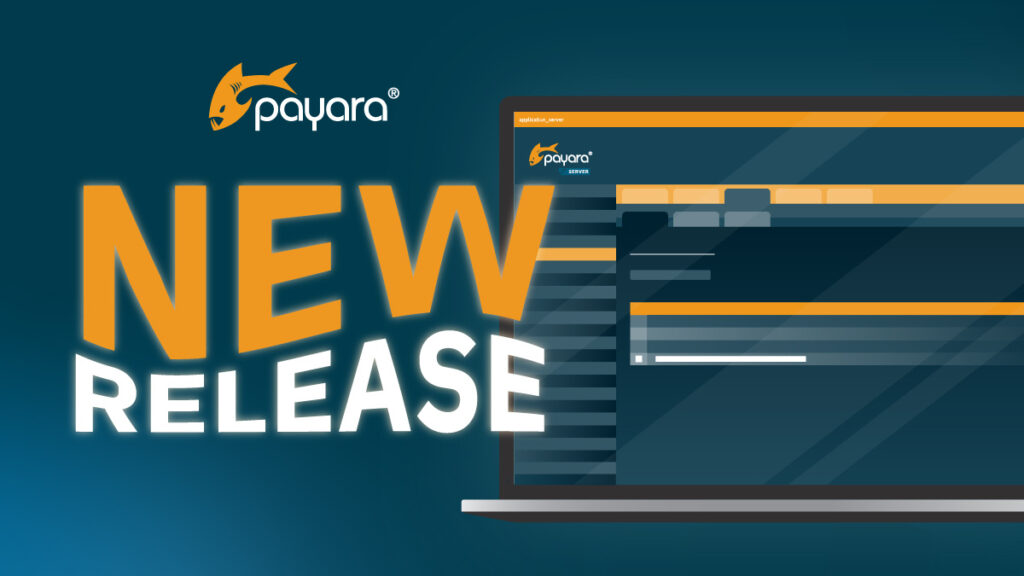 2 minutes
2 minutes
Spring Framework 7.0 and Spring Data 2025.1.0 Embrace Jakarta EE 11 Compatibility
The recent releases of Spring Framework 7.0 and Spring Data 2025.1.0 mark an important milestone for the Java ecosystem, […]

Payara Server and Payara Micro 4.1.2.173 are now available for download! With 58 bug fixes, 30 improvements, 2 security fixes and 5 component upgrades ( see the release notes for more), this release sees a number of new features focused on making your life easier, whether you’re in development or operations.
Read this post in Spanish
Read this post in Japanese
{{cta(‘f53ec10a-12d5-483b-b089-2d4cdab10448’)}}
The most major new feature is support for Eclipse MicroProfile 1.1 in Payara Server and Payara Micro! As I mentioned in my recent blog, this compatibility with MicroProfile brings with it the requirement of Java 8 thanks to the first new API to originate from the MicroProfile project: the Config API.
To help work with these additional sources, there are asadmin commands to get and set the ordinal (get-config-ordinal and set-config-ordinal) for each source and to get and set properties (get-config-property and set-config-property) in each source.
Snapshots of Payara Server 5 and Payara Micro 5 are now available on Maven Central’s snapshots repository! Since these are tracking our usual quarterly-release cycle, they have snapshot version numbers to indicate the Payara project version they are synced from. The Maven GAV coordinates for Payara Server 5 are:
<groupId>fish.payara.distributions</groupId><artifactId>payara</artifactId><version>5.0.0.173-SNAPSHOT</version>
The coordinates for Payara Micro 5 are:
<groupId>fish.payara.extras</groupId><artifactId>payara-micro</artifactId><version>5.0.0.173-SNAPSHOT</version>
Alternatively, you can get started with our Docker images. We have added 5-SNAPSHOT tags to each repository, so that the following docker commands will start a Payara Server or Payara Micro 5 instance:
docker run -it payara/micro:5-SNAPSHOTdocker run -it payara/server-full:5-SNAPSHOTdocker run -it payara/server-web:5-SNAPSHOT
One question we get a lot regarding our plans for Payara 5 is when the release will be final. I’m happy to announce that we have the following milestone targets in place:
This means that we will begin a new year with Payara Server and Payara Micro 5 as our community release and end our community releases of Payara Server and Payara Micro 4. We will continue to provide builds of Payara Server and Payara Micro 4 for our support customers, in accordance with our 10-year support lifecycle. This means that our customers will still get regular releases in the Feature Stream into 2018, and Stability Stream releases beyond that to 2021.
The HealthCheck Service has been expanded further to add a checker for stuck threads. There was already a checker for hogging threads – those which are using more than a configured percentage of the CPU – but now, with the stuck threads checker, you can be alerted for all threads which have not progressed in the configured interval. This is especially useful to track, for example, where a deadlock has occurred. Instead of needing to wait for a high resource message you can be notified immediately of a stuck thread.
When using the Slow SQL Logger integration is possible to record the top most used SQL traces among all applications deployed on a server’s instance, along with the slowest SQL queries too. This historic recording can be configured to set both of these metrics. This is especially useful for applications that connect to multiple databases using the JDBC or JPA APIs, since it can help identify potential bottlenecks on database connections for further performance-tuning.
This version includes the release of the Payara Arquillian container. This means that you can use your normal Payara deployment to test your applications on. The Arquillian container connects to the DAS via the Payara Server REST interface. This means that the container can accommodate any form of deployment scenario.
Finally, new to this release is an integration with the Weld (CDI) development mode, allowing Payara Server or Payara Micro to turn it on. This development mode comes with a probe tool that allows a server instance to monitor all application CDI components on run-time. On Payara Server, is also possible to turn this integration on via the web admin console, and its also possible to access the probe tool’s UI interface and REST API through the server as well. For more complex monitoring scenarios, the probe tool’s data can also be queried using JMX too. This puts Payara Server alongs Wildfly and Tomcat on the list of compatible web servers that allow this integration.
On top of the Payara 5 Docker image releases, users of Docker images will have some major new features to look forward to. Firstly, applications which depend on a database can now be deployed before the database is provided. Previously, deploying an application before the database was present would cause the deployment to fail but the server to continue running. An application can now be deployed before the database, and begin working as normal when the database is provided. This helps in a microservices environment when each service should be available regardless of the others.
Third party libraries can now be added dynamically to Payara Server and Micro with one command. Payara Micro now has a –addJars parameter, to pass external library JARs to the Payara Micro instance. This command can either be repeated for every required library, or the library JARs can be colon separated. Payara Server has a add-library command, which will also accept an external library JAR, but will now dynamically load the JAR so the server doesn’t need a restart. This is useful as, for example, database connector JARs can now be loaded at any time.
--deployFromGAV now accepts RAR files.A few security fixes have been made for 173:
{{cta(‘f53ec10a-12d5-483b-b089-2d4cdab10448’)}}
 2 minutes
2 minutes
The recent releases of Spring Framework 7.0 and Spring Data 2025.1.0 mark an important milestone for the Java ecosystem, […]
 4 minutes
4 minutes
Keeping an application server running smoothly isn’t so much about new features, but more about predictability and consistency. Software […]
 5 minutes
5 minutes
The November 2025 release brings significant milestones across the Payara Platform family. This month includes Payara Platform Community 6.2025.11, […]
Thanks for the comprehensive info! Could you be specific about Java EE 8 API support with Payara Micro 5 ? Also, I see this issue while trying to pull it from Maven – Failed to collect dependencies at fish.payara.extras:payara-micro:jar:5.0.0.173-SNAPSHOT: Failed to read artifact descriptor for fish.payara.extras:payara-micro:jar:5.0.0.173-SNAPSHOT: Could not find artifact fish.payara.extras.payara-micro:payara-micro-parent:pom:5.0.0.173-SNAPSHOT
Q #2 – I see a NPE while trying inject Sse using @Context.. can you please confirm if JAX-RS 2.1 is already integrated ?
Hi Abhishek!
It is planned for Java EE 8 applications to be runnable on Payara 5.
In regards to your first question, I can see what’s happened to give you that error: the artefacts have deployed to Maven with all of their build dependencies and parent POMs etc. (which aren’t published to Maven). We’ll get that fixed.
And in regards to your second question, JAX-RS 2.1 should be in the latest Payara 5 snapshot builds. Feel free to make an issue on GitHub for this particular error though as I don’t believe we’ve come across it.
Hope this helps!